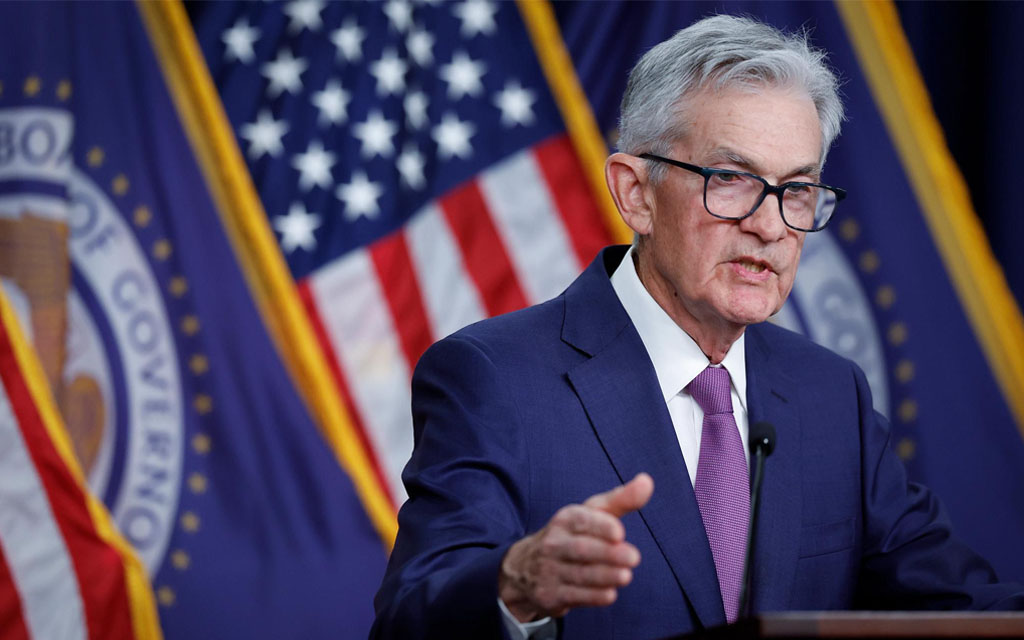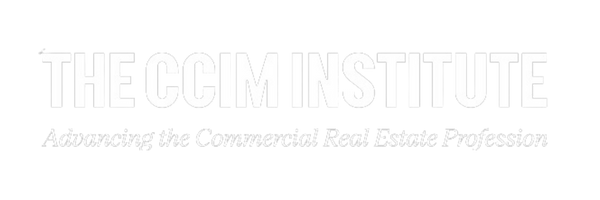Federal Reserve Chairman Jerome Powell declared the end of the current monetary tightening cycle on Wednesday as policymakers decided to hold interest rates steady.
“The policy rate is at its peak in this tightening cycle,” Powell told reporters after the Fed’s policy-making committee’s first meeting of the year.
The decision left the Fed’s overnight lending rate unchanged, the fourth meeting in a row the committee opted to not move the rate higher, leaving it at between 5.25% and 5.5%, a 22-year high. The vote on the action was unanimous.
The policymaking committee’s statement noted that the economy has been growing “at a solid pace” and job gains, while moderating, have remained “strong.” The Commerce Department recently reported that the economy grew at an annualized rate of 3.3% in the fourth quarter following a 4.9% annualized gain in the third quarter, far outpacing even the most optimistic forecasts and suggesting that rate cuts are likely in the future.
At his post-meeting press conference, Powell said that should the economy respond as expected to the current restrictive policy stance, it could be appropriate to “begin dialing back policy restraint at some point” in 2024.
He said it was unlikely, though, that the committee would cut rates as early as March, as some on Wall Street had hoped.
Asked what the committee would be seeking as proof that inflation is on a sustainable path towards its 2% target, allowing rates to drop, Powell noted that inflation data over the past six months was “good” but since the economy has surprised many over the past few years, more “good” data would be needed to give committee members the confidence that inflation was tamed.
At its previous meeting, policymakers updated their projections of where the target rate would end this year, with the median prediction of the nineteen committee members suggesting total cuts of 75 basis points. Market watchers have priced in more cuts though, with 64% expecting 150 basis points of cuts or more in 2024.
December’s projections also show the committee expects the target rate to end 2024 at 4.6%, and to end 2025 at 3.6%, lower than prior estimates but likely a disappointment to many who expected rates to fall more meaningfully in 2024.
In response to a question asking if Powell felt comfortable declaring a “soft landing,” the chairman swatted the suggestion aside and noted that “we still have a ways to go,” with inflation remaining elevated on an annual basis.
The personal consumption expenditures (PCE) price index fell to 2.6% in December, its lowest level since March 2021. The core index, which is the Fed’s preferred measure of inflation, slipped to 2.9%. The Fed is still concerned about how sustainable the trend is given that services inflation is still higher than the headline rate. The so-called “supercore” index, which represents core services less housing, was 3.3% in December.
The Federal Reserve watches this index closely as it monitors the tightness of the labor market, which has continued to show resilience. Monthly job gains have been broadly moderating since mid-2021 on a three-month moving average basis, but showed some strength by the end of last year with 216,000 positions added in December. The unemployment rate remains near historic lows, and job openings remain elevated at 9 million, in the latest report.
Despite Powell’s dismissal, should the Fed achieve a soft landing, range-bound interest rates and full employment could bolster commercial real estate pricing in 2024.
This recent tightening cycle has been unique in that commercial real estate values fell rather than staying stable as has been the case in more typical rising rate environments. Historically, value losses occur only once rate cuts begin, as these usually signal economic weakness. But during the recent period of full employment and generally solid economic growth, office values shed 35% from their all-time highs, and multifamily values are down by 20%.
However, if signs of labor market weakness emerge, the sector may have more value to lose as slowing economic growth weighs on cash flows.
Source: https://www.costar.com/




